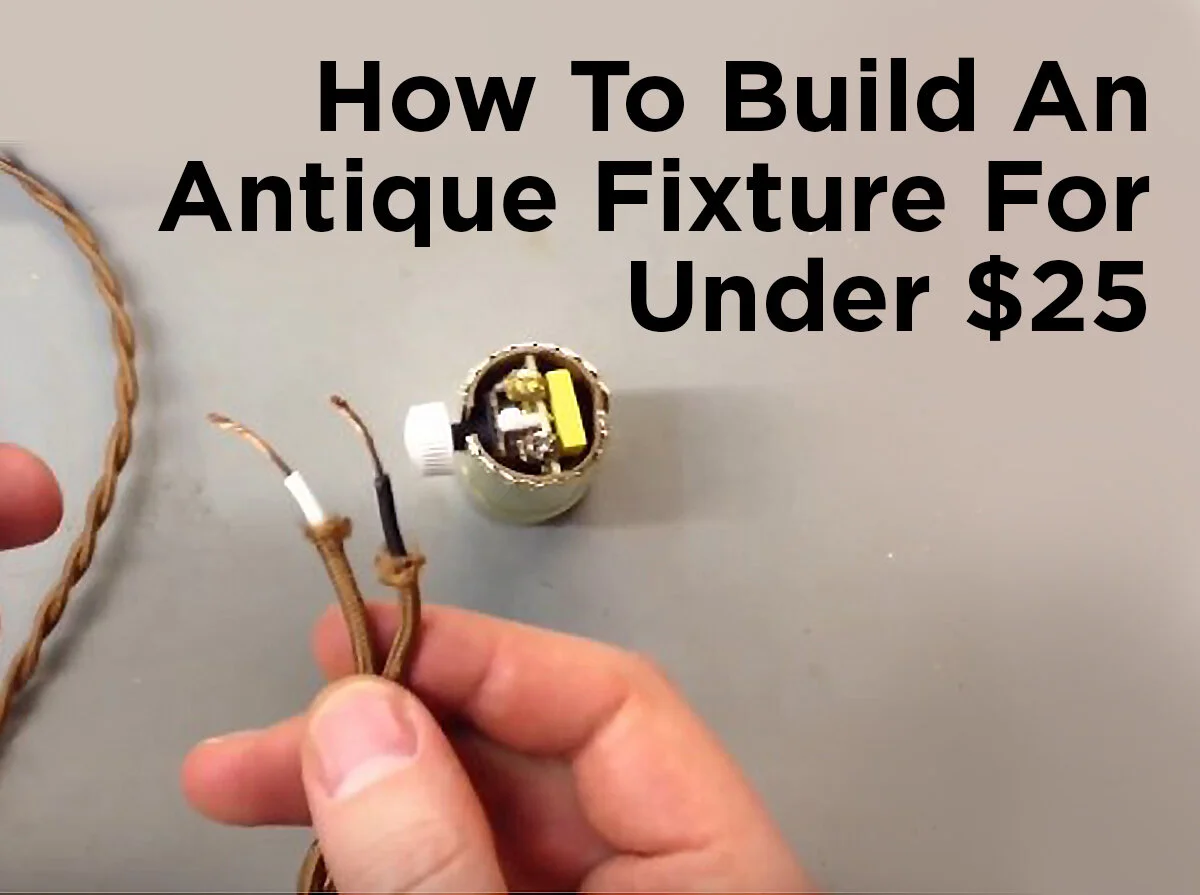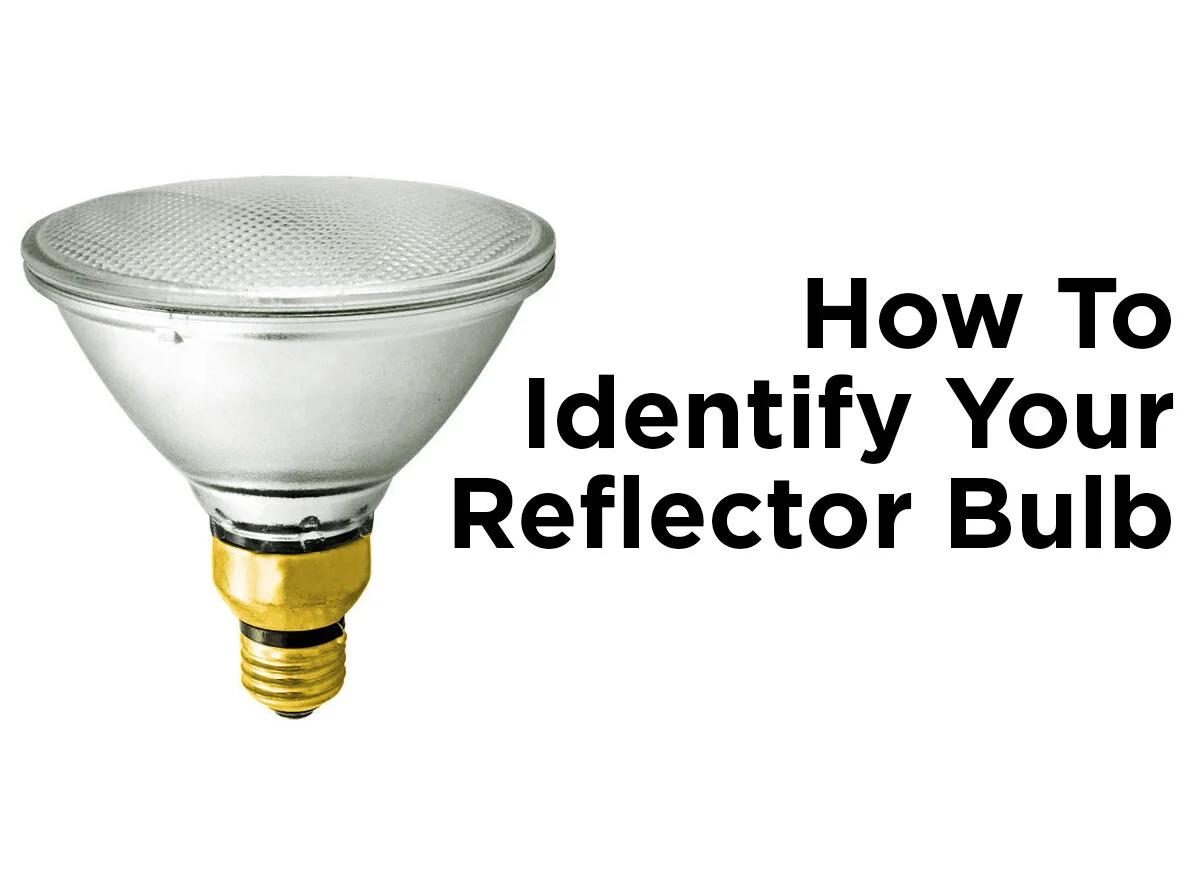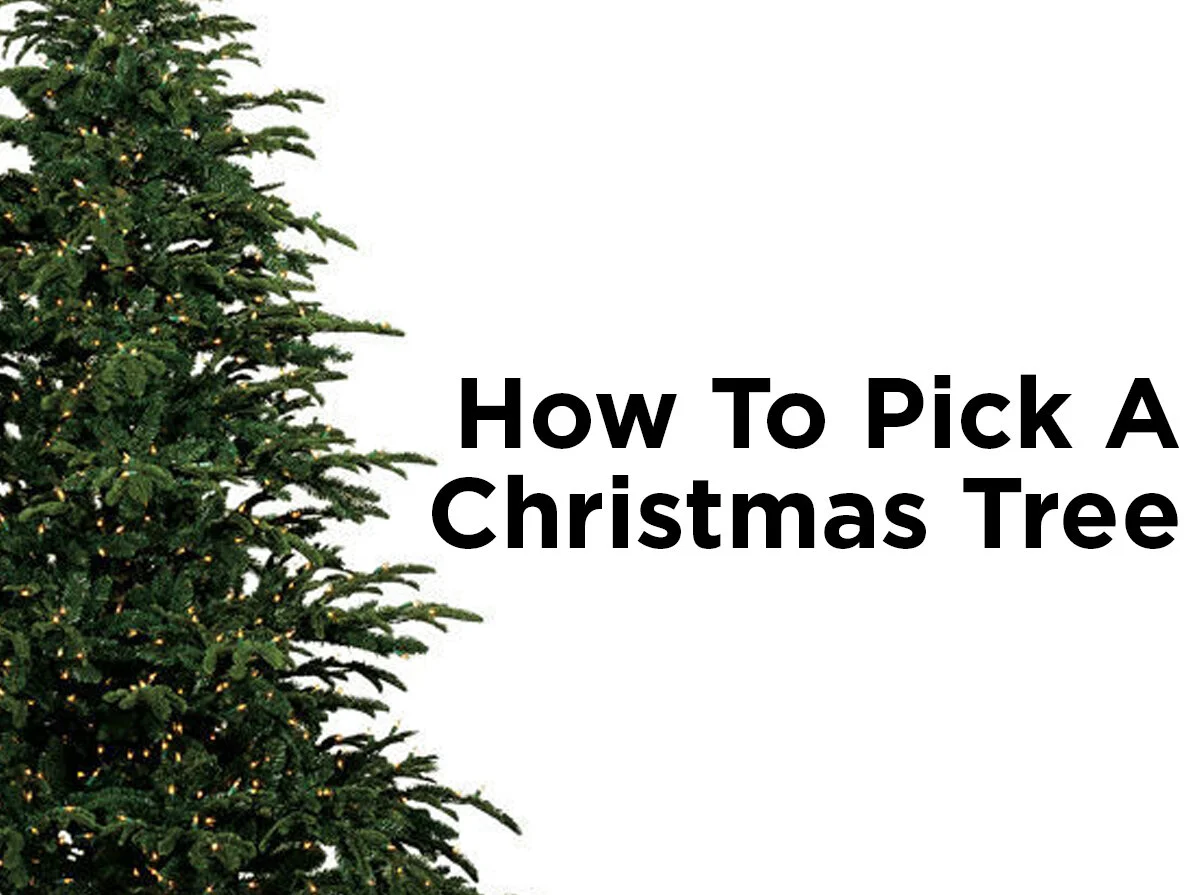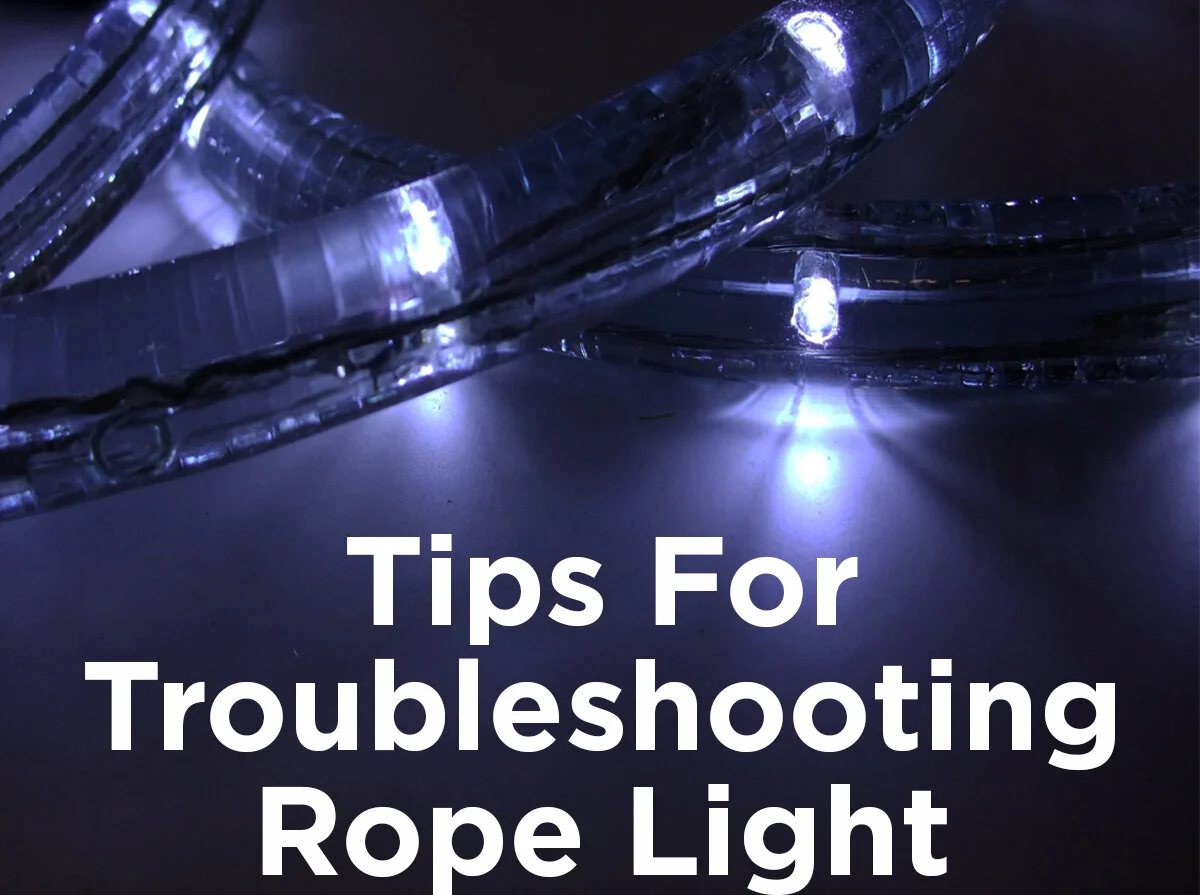How to Pick the Perfect Rope Light
We've talked about rope lights in this blog before, but we've noticed that most rope light guides focus solely on the installation of rope light, neglecting to explain the first and most important step: Buying the right type of rope light. At 1000Bulbs.com we have nearly 200 different rope light variations including LED, incandescent, steady, chasing, 2-wire, 3-wire, and more. So how do you make sense of all this?
Kit or Spool?
Are you doing a small, temporary installation like a party, wedding, or other special occasion? Or are you going all-out with a permanent installation like under cabinet lighting, deck lighting, or even decorating a restaurant or retail space? If you're in the first group, keep things simple and buy a rope light kit. All you'll need to do is pull the kit out of the packaging, screw the ends together, and you're done! On the other hand, if you're looking to create something that will make you the envy of your neighbors, your best choice is to buy a rope light spool. A rope light spool can be cut into individual lengths of your choosing and connected to controllers, allowing almost infinite decorative possibilities.
120 Volt or 12 Volt?
If a rope light kit is out of the question, you have to decide what voltage spool you need. You may not be familiar with voltage in anything other than a superficial sense, so let's make it easy: Where do you plan on installing your rope light? If you install it indoors and shield it from moisture, go with a 120 volt spool. If you want to light up your deck, a tree, a railing, or anything else outside, go with 12 volt rope light. No rope light should come into direct contact with water, but in the event it does (which is likely to happen outdoors), the lower voltage will provide an added degree of electrical safety. One note: For low voltage rope light, you'll also need to buy a rope light transformer.
Incandescent or LED?
Do you want to save a little money now or a lot of money later? Incandescent rope light will set you back just a couple dollars per foot, but at 3 watts per foot, it's going to use much more electricity than LED rope light. If you go with LED rope light, you'll cut your energy usage by two-thirds. Of course, there's always some give-and-take with choices like these. With LED you'll save money, but you'll also lose some functionality, including dimming and some special effects. As a rule of thumb, the longer your rope lights will be powered on, the more likely you'll want to use LED rope light. Using a less-efficient source like incandescent for only short periods of time will not do much to harm your bottom line.
Need Special Effects?
As stated before, you'll save a lot of money in energy savings with LED, but you're limited in what you can do in terms of special effects. With the right rope light controller, you can flash or chase your LED rope light, but that's about it. An incandescent rope light, on the other hand, gives you many more possibilities. Not only are more controllers available for incandescent, but you also have options beyond standard 2-wire rope light. The potential functions of 2, 3, and 5-wire rope light are far too much to address in this article, but in short, the more wires in the rope, the more special effects you can create.
Questions or suggestions? Drop us a line in the comments section, "like" us on Facebook, or follow us on Twitter.







